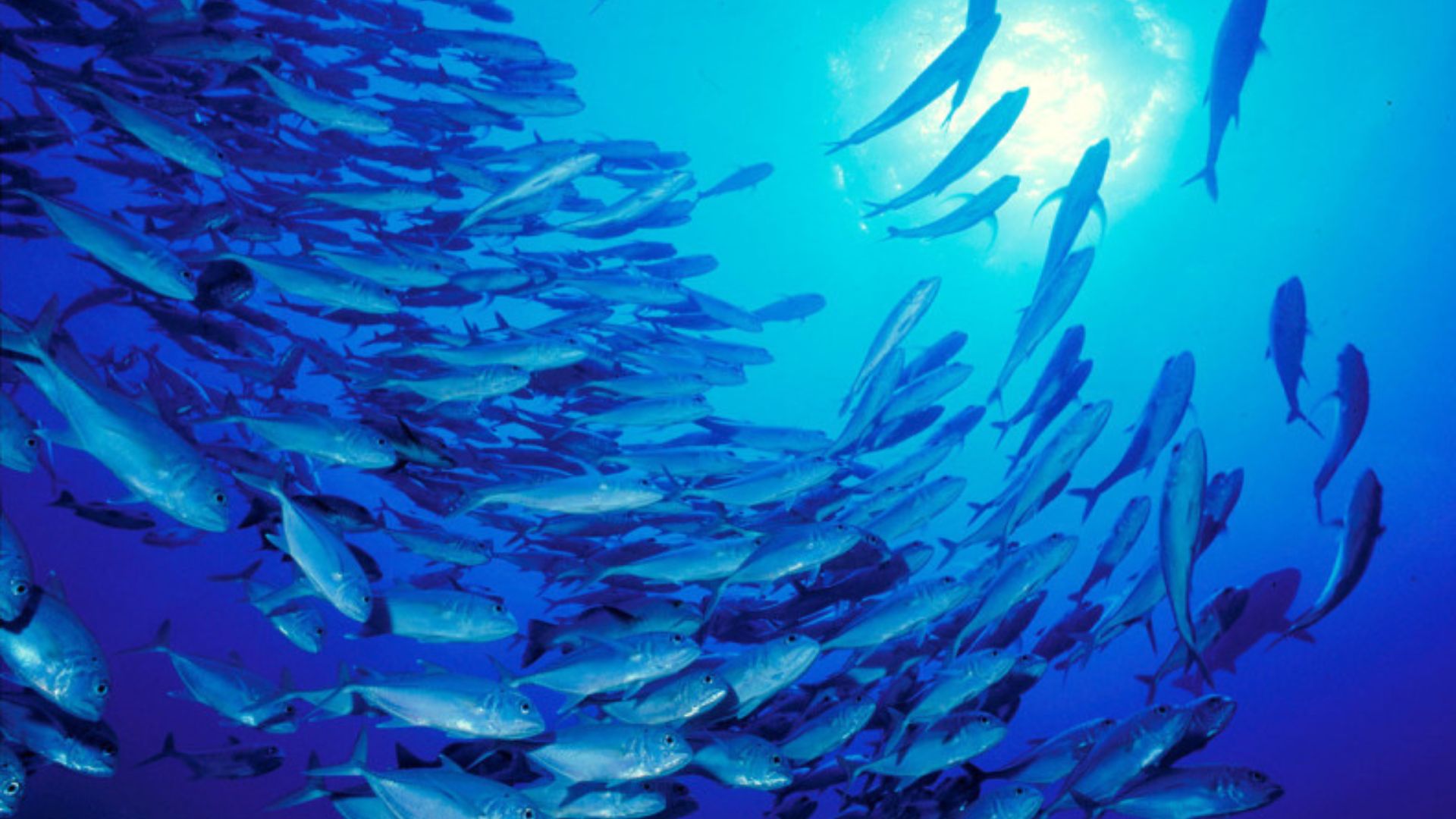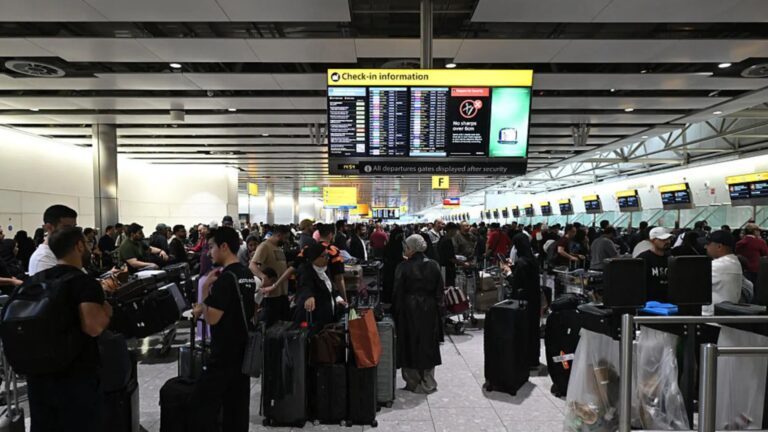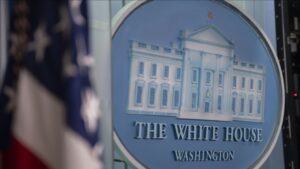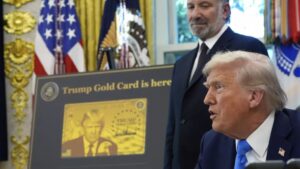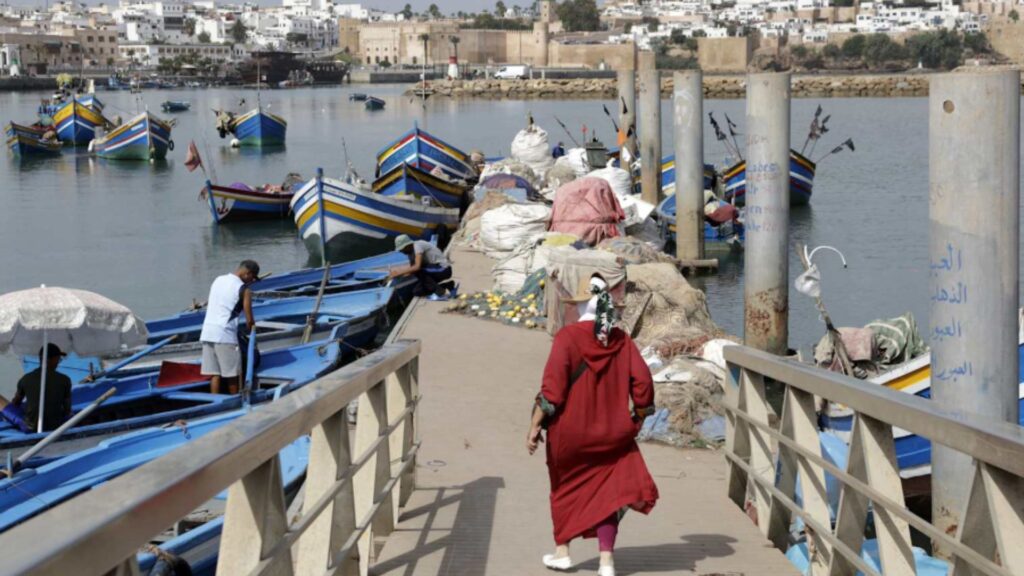
The world’s first binding international treaty to protect marine biodiversity in international waters reached a historic milestone on September 19, 2025, when Morocco became the 60th nation to ratify the Agreement on the Conservation and Sustainable Use of Marine Biological Diversity of Areas Beyond National Jurisdiction (the High Seas Treaty). With the threshold met, the treaty will enter into force on January 17, 2026, establishing a landmark legal framework for safeguarding the high seas—areas that cover roughly two-thirds of the planet’s oceans and nearly half of Earth’s surface (AFP/SpaceDaily).
A Legal Framework for the High Seas
The treaty creates the first comprehensive rules for areas beyond national jurisdiction, where only 1% of the ocean is currently protected. It rests on four pillars:
- Marine Protected Areas: Enables the designation of high-seas protected zones through multilateral decision-making at Conferences of Parties.
- Environmental Impact Assessments: Requires member states to assess potential harm before authorizing activities such as deep-sea mining or large-scale fishing.
- Benefit-Sharing: Establishes mechanisms for the equitable sharing of benefits derived from marine genetic resources.
- Technology Transfer: Facilitates access to research and monitoring technologies for developing countries.
Johan Bergenas, WWF Senior Vice President, called the unregulated high seas “the world’s largest crime scene,” underscoring the need for a robust legal structure to curb illegal fishing and resource exploitation (WWF).
Implementation Challenges Ahead
Despite ratification by 60 states, key maritime powers—including the United States, China, Russia, and Japan—have yet to ratify. While the U.S. and China have signed the treaty, they must ratify to create binding obligations. Guillermo Crespo of the International Union for Conservation of Nature warned, “If major fishing nations like China, Russia and Japan don’t join, they could undermine the protected areas,” highlighting the risk of enforcement gaps (Independent).
Racing Against Climate Goals
The treaty is vital for meeting the 30×30 global target—protecting 30% of Earth’s land and sea by 2030. High-seas ecosystems have absorbed 23% of human-related carbon emissions over the past decade and generate half of the world’s oxygen supply. The first Conference of Parties must convene within one year of entry into force to negotiate funding, enforcement, and implementation measures. Nichola Clark of Pew Charitable Trusts stated, “When the treaty is implemented, the world will finally be able to protect important places on the high seas, which hold some of the largest reservoirs of biodiversity on Earth” (SpaceDaily).
Next Steps
UN Secretary-General António Guterres celebrated the milestone as “a historic achievement for the ocean and for multilateralism.” As the treaty takes effect in January, countries will need to establish institutional bodies, secure financial mechanisms, and develop enforcement protocols to turn the agreement’s promises into tangible protection for the planet’s last frontier.




